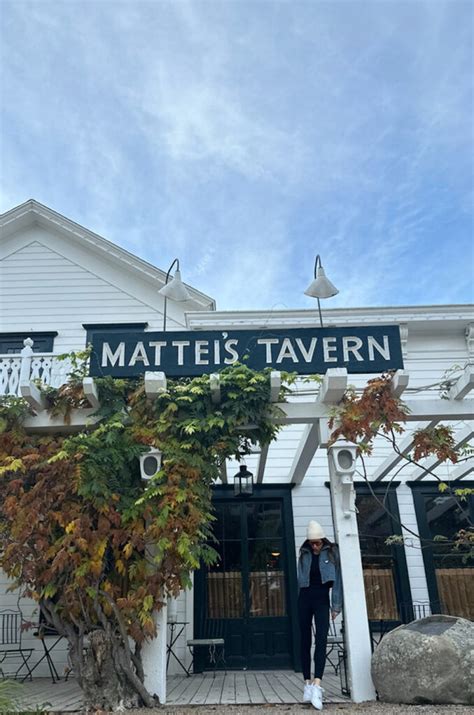The concept of window privacy film, particularly one-way window film, has gained significant attention in recent years due to its unique ability to provide privacy without compromising on natural light. This innovative solution is designed to allow individuals to see outside while preventing outsiders from looking in, making it an ideal choice for homes, offices, and other establishments seeking to enhance privacy.
Understanding One-Way Window Film
One-way window film, also known as mirrored window film or one-way mirror film, operates on the principle of reflective coating. This film is applied to the glass surface of windows, and its reflective side faces outward. During the day, when the outside light is brighter than the inside light, the film acts as a mirror, reflecting the outside light and preventing outsiders from viewing the interior. Conversely, from the inside, individuals can still see outside because the light inside is dimmer, and the film’s reflective properties are less pronounced.
Key Features of One-Way Window Films
- Privacy: The primary benefit of one-way window films is the enhanced privacy they offer. They are particularly useful for ground-floor windows or windows facing public areas.
- Natural Light: Despite providing privacy, these films allow a significant amount of natural light to enter, reducing the need for artificial lighting during the day.
- UV Protection: Many one-way window films come with UV protection, which can help in blocking harmful ultraviolet rays from the sun, thereby protecting furniture and carpets from fading.
- Heat Reduction: Some films are designed to reduce heat gain during summers, helping in energy savings by minimizing the need for air conditioning.
- Security: While not their primary function, one-way window films can also act as a deterrent to potential intruders by making it difficult for them to survey the premises from the outside.
Applications of One-Way Window Films
- Residential Use: Ideal for homes, especially for windows facing the street or neighboring properties.
- Commercial Use: useful for offices, particularly those with glass partitions or windows facing public areas.
- Healthcare Facilities: Can be applied in hospitals or clinics to maintain patient privacy.
- Educational Institutions: Useful for classrooms or administrative offices where privacy is desired.
Factors to Consider When Choosing One-Way Window Film
- Visibility: The level of visibility required from both sides should be considered. Some films may offer better one-way visibility than others.
- Light Transmission: How much natural light the film allows to pass through is crucial, especially for interior spaces that rely heavily on natural lighting.
- Reflectivity: The reflectivity of the film from the outside, which may affect the appearance of the building.
- Durability: The lifespan of the film, its resistance to fading, and its adhesive properties.
- Installation: Whether the film is easy to apply and remove without leaving residue.
Installation and Maintenance
The installation of one-way window film is relatively straightforward and can often be done by homeowners or facility managers themselves. However, for larger or more complex applications, professional installation may be necessary. Maintenance involves regular cleaning with mild soap and water to ensure the film’s reflective properties and light transmission capabilities are not compromised.
Conclusion
One-way window film offers a practical and stylish solution for individuals and businesses looking to enhance their privacy without blocking out natural light. With its ability to reflect outsiders while allowing insiders to see out, it’s a modern and effective way to maintain privacy in various settings. When choosing a one-way window film, considering factors like visibility, light transmission, and durability will ensure that the selected film meets the specific needs of the application.
How does one-way window film work?
+One-way window film works by applying a reflective coating to the glass. During the day, when it's brighter outside, the film reflects the outside light, preventing outsiders from seeing in. From the inside, where it's dimmer, individuals can see outside because the reflective properties of the film are less pronounced.
Can one-way window film be used on any type of glass?
+Most one-way window films are compatible with standard glass types. However, it's essential to check the manufacturer's specifications to ensure compatibility with tinted, coated, or specialty glass.
Does one-way window film provide UV protection?
+Many one-way window films offer UV protection, blocking up to 99% of ultraviolet rays. This helps in protecting furniture, carpets, and artworks from fading and also reduces the risk of skin damage from UV exposure.
In conclusion, one-way window film is a versatile and efficient solution for enhancing privacy in various settings, from residential homes to commercial offices. Its ability to balance privacy with the admission of natural light makes it a sought-after product in the window treatment market. As technology continues to evolve, we can expect to see even more advanced features and benefits from one-way window films, further solidifying their position as a goto solution for privacy and light management.



